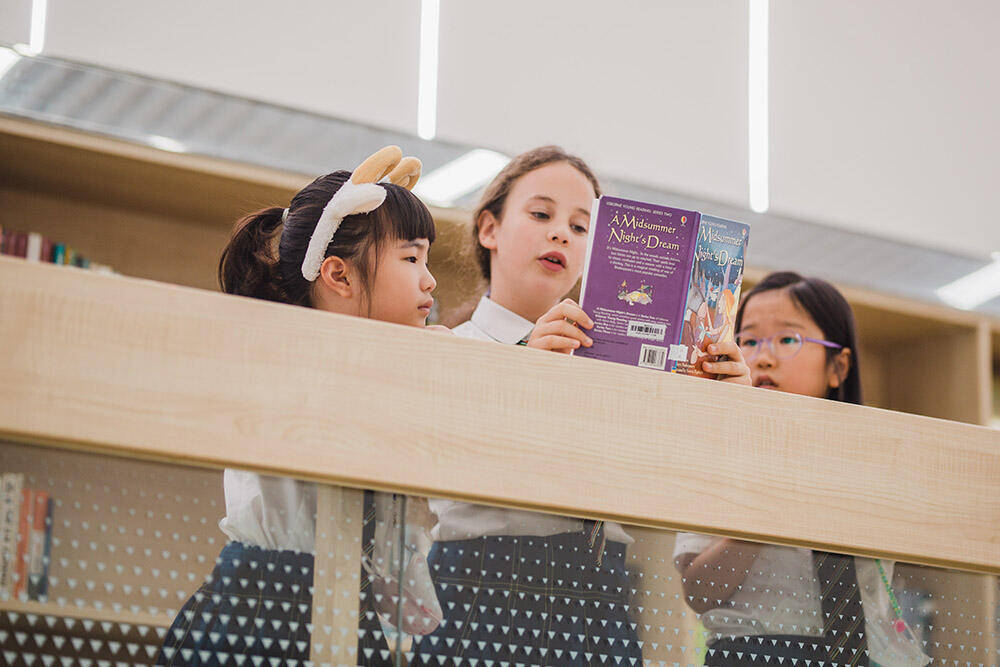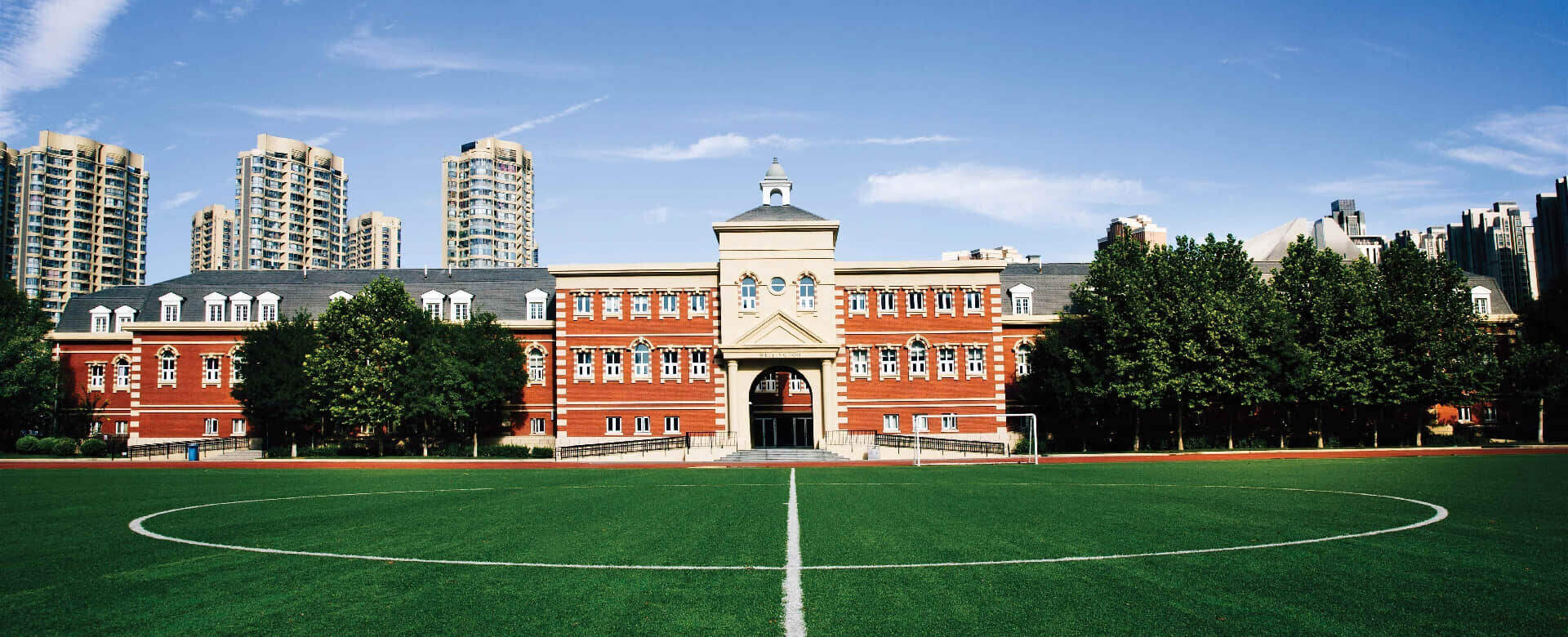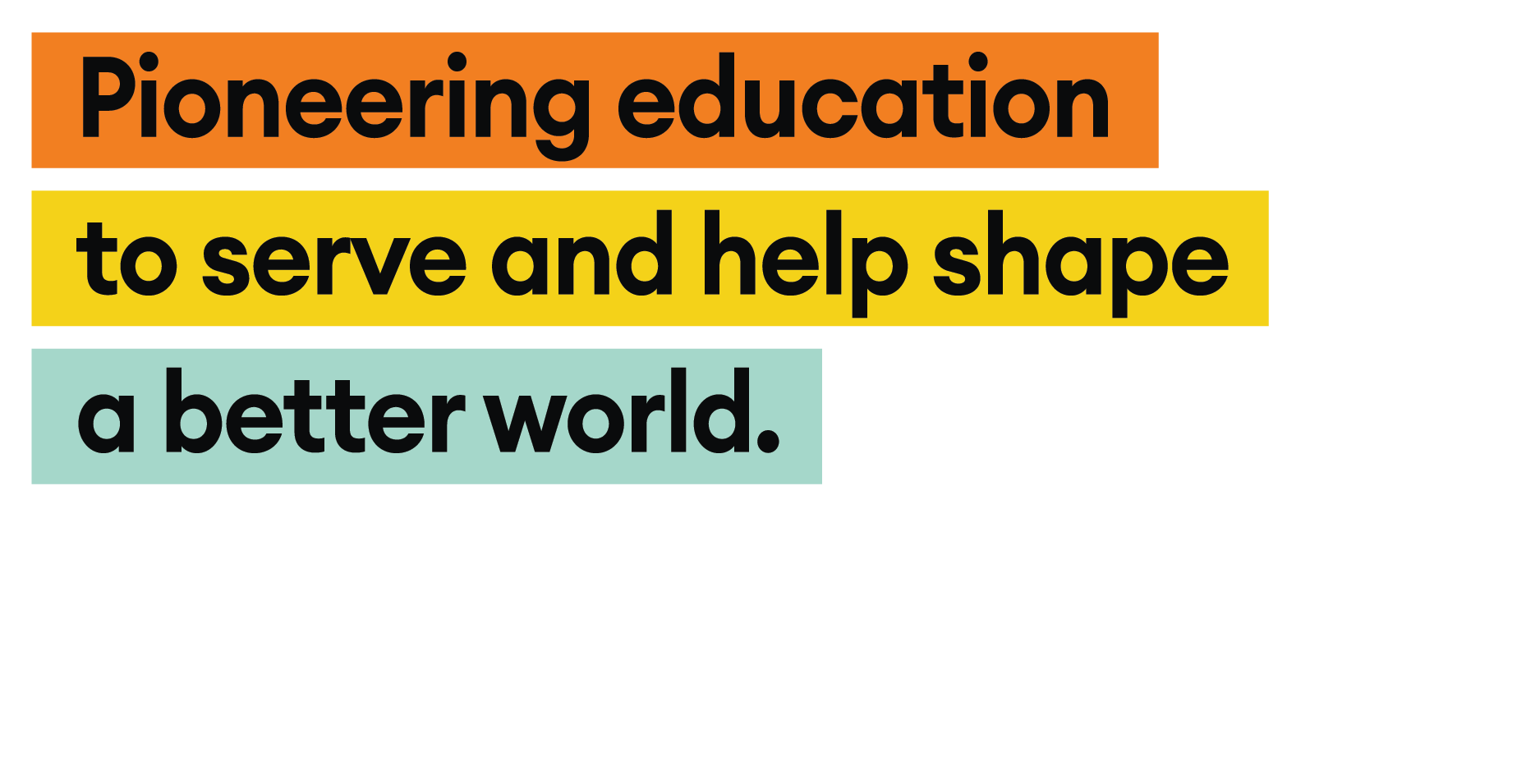Educational Insights | Language and Literacy for Young Children
In this Educational Insights Series, experts from across the Wellington College group give advice, practical help and tips for parents who are keen to give further support for their children's learning. In this article from the series, Jan Bennett from Wellington College Bilingual Tianjin - Nursery discusses about language and literacy for young children.

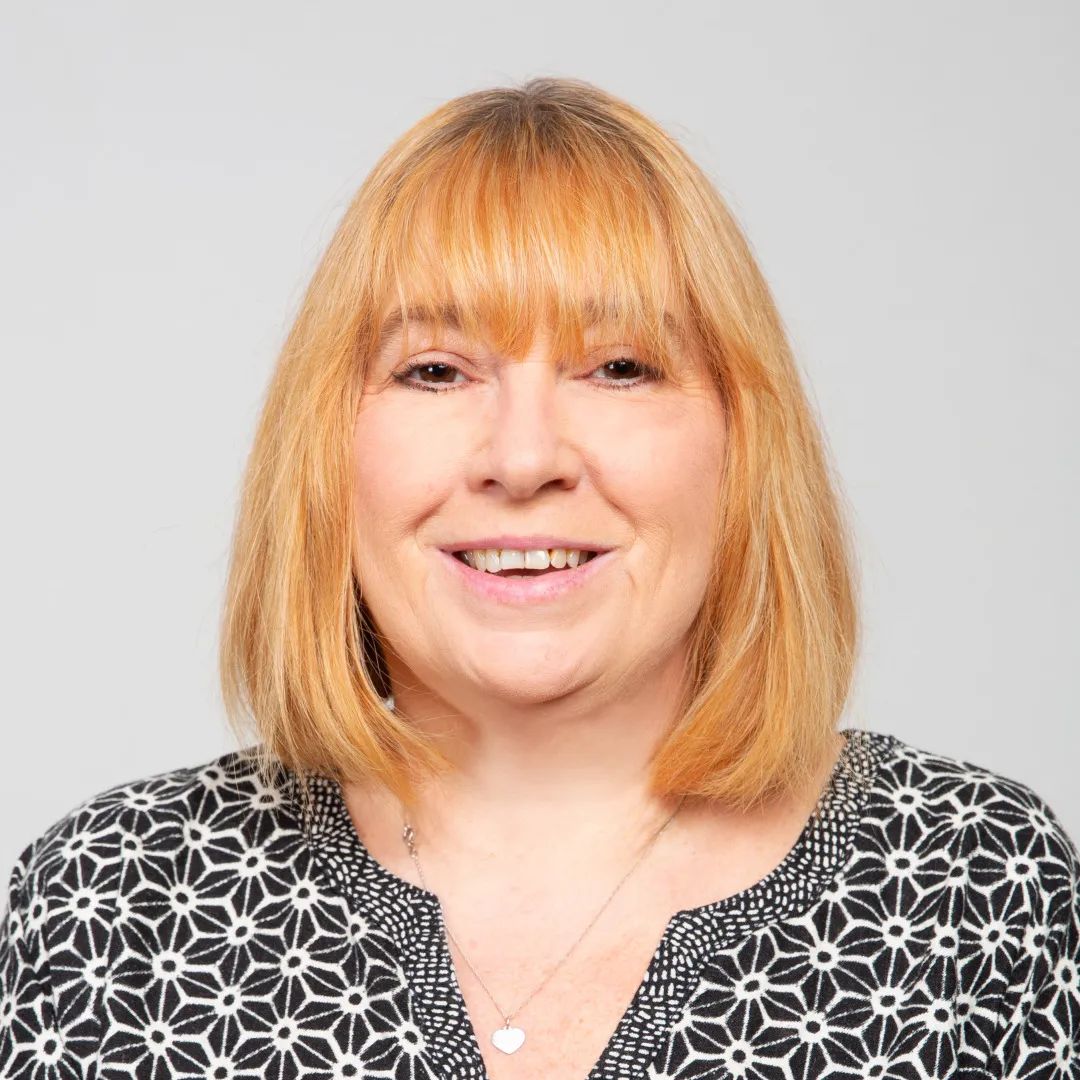
Jan Bennett
Head of Early Years
When we are discussing language and literacy in the Nest Bilingual Nursery it means many things. We need to consider how the children acquire their home language first. For many of our children, this is Mandarin. However, we have other languages that are mother tongues here too.
The first step for any child learning a new language in our bilingual nursery is to be confidently making progress learning their mother tongue. Children need to hear their first language so they become skillful communicators. They need to be confident to develop a good comprehension of their first language. As these skills are developing, the bilingual nursery staff work to deliver social conversation and academic language linked to learning in both Mandarin and English. Where possible, we also learn keywords and phrases in other first languages to support children to make links in languages.
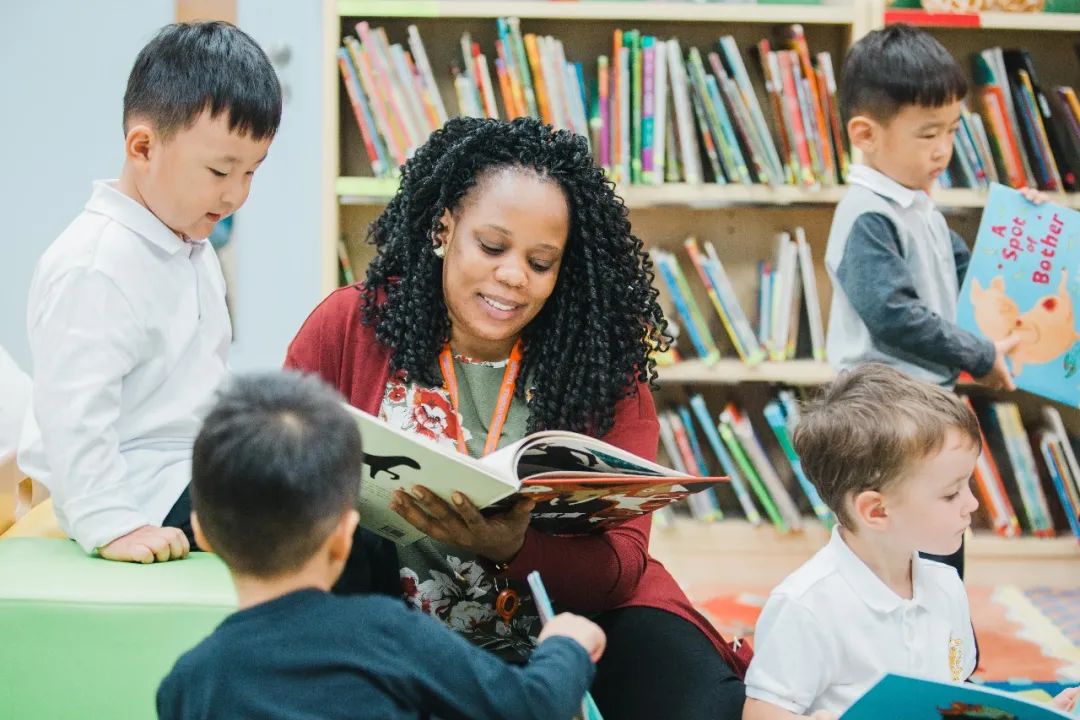
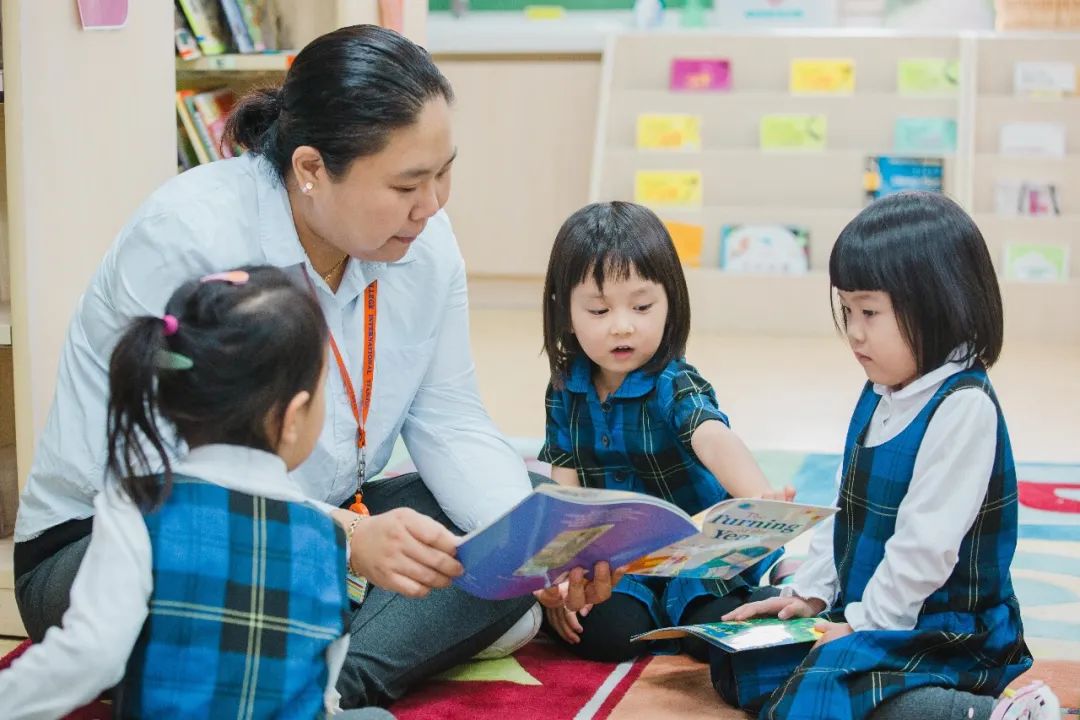
Learning a language falls into two areas. The first is 'receptive language' – for our young learners, this is their ability to understand what is said. This is the first area to develop when they are learning their mother tongue and a new language. Often through visual cues, gestures, or a routine, they are familiar with, children learn the meaning of words and phrases used regularly in a learning environment. Children will often have a 'silent stage'- this is when they are listening and watching those around them. They are learning all the time; they just need a little more confidence before they move to the next stage.
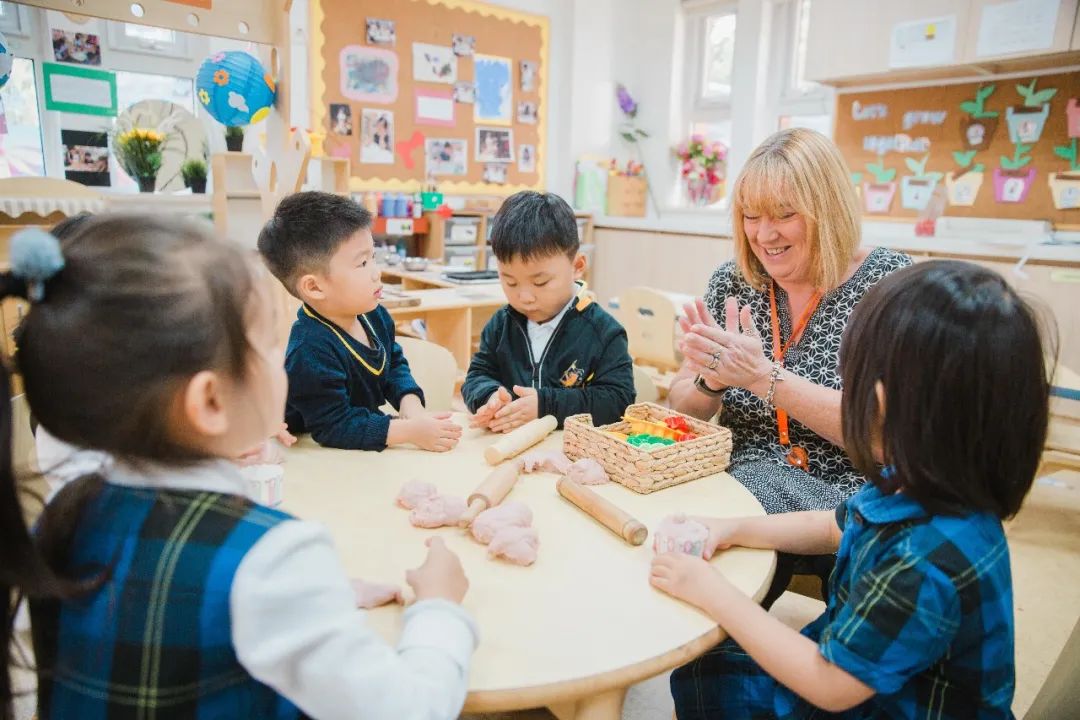
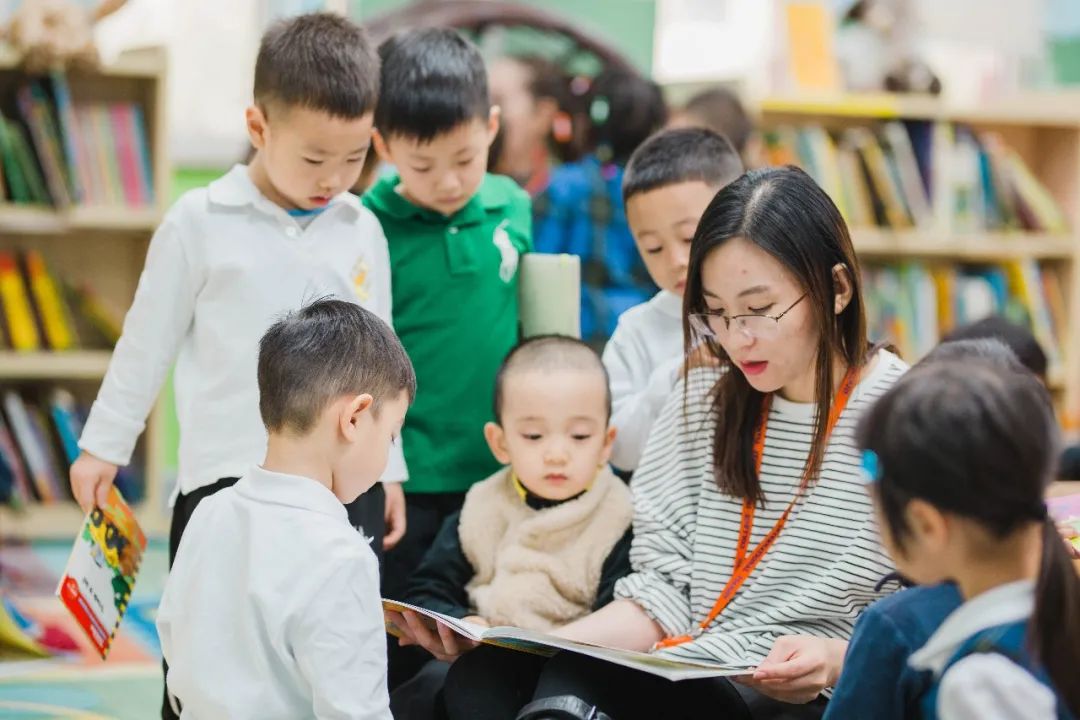
The second area is 'expressive language' – for our young learners, this is their ability to speak words, phrases and sentences in a new language. This develops after they have begun to understand the things they hear. Initially, they may try isolated words or short 2-3-word phrases. It is usually things they have become familiar with as part of their routine. For example, you may hear phrases like 'Coat now?' as they get ready to go outside. This will gradually build to 'Get coat now?' then 'Get coat now? Out to play'.
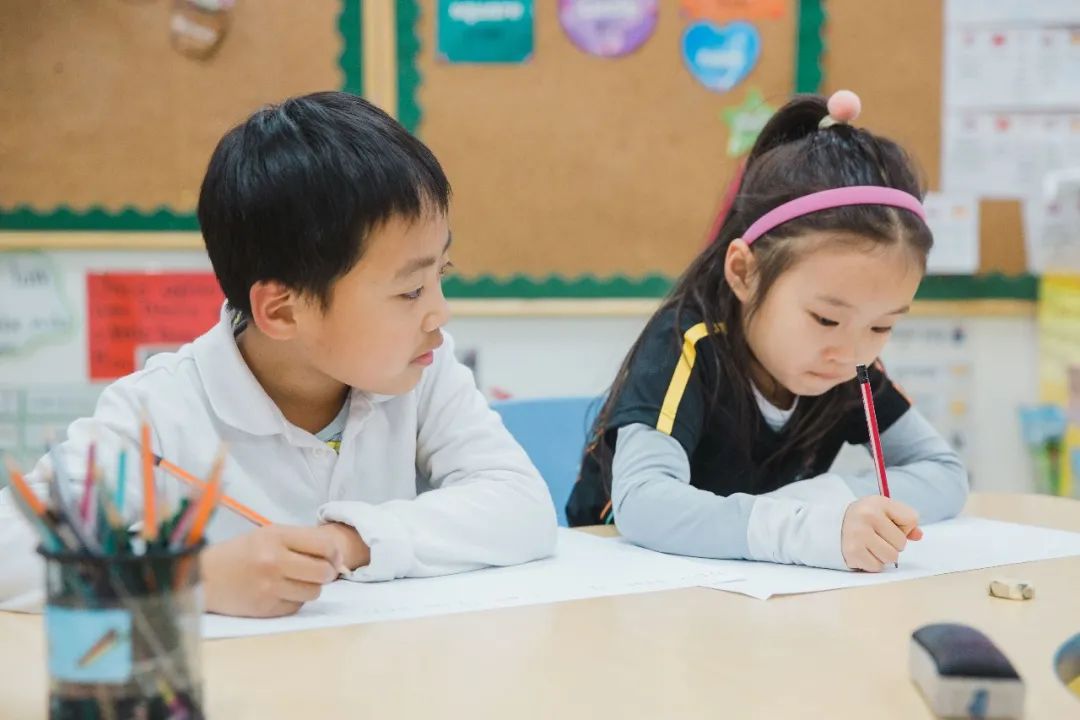
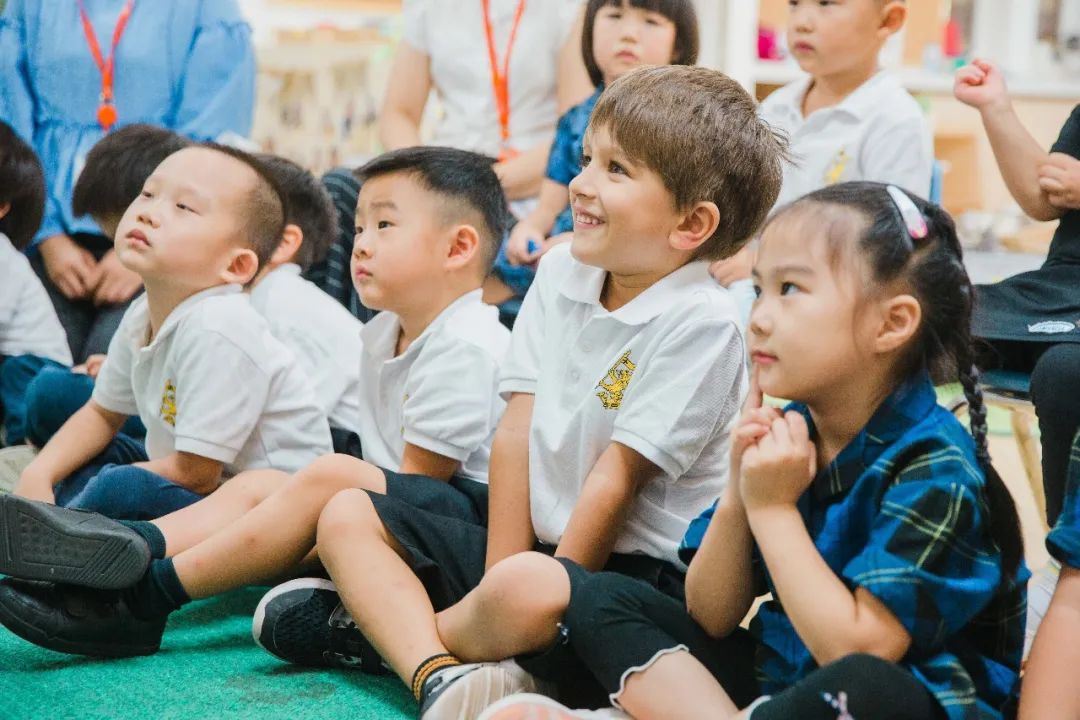
When we think about how any child develops their mother tongue, we will normally expect their first words between the ages of 12 -18 months. Every child is unique, and they all develop at different rates. By the time a child is between 2-3 years old, they will usually be able to follow two-part instructions in their mother tongue. For example, 'get your teddy, put it on the chair' – So how amazing is it that our youngest children in the Nest are able to follow two-part instructions in Mandarin and in English! Research has shown us that the critical ages for learning language, whether mother tongue or second and third languages, is from the age of two years to adolescence. It is important to remember that language, whether mother tongue or additional languages, occurs gradually through interaction with people and the environment.
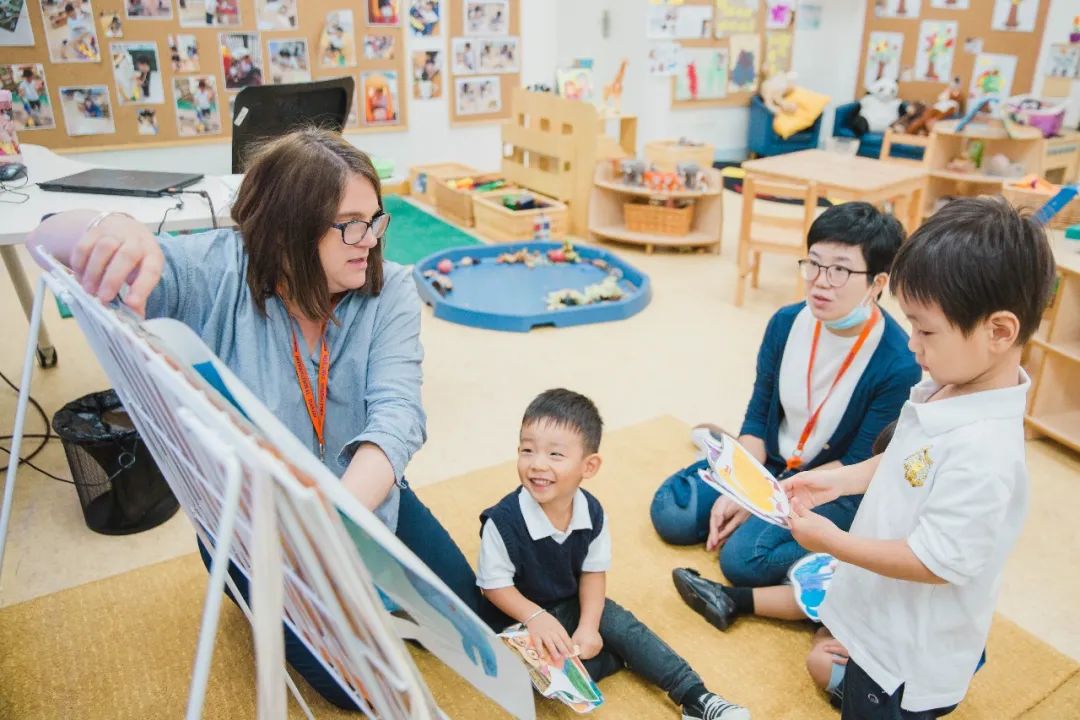
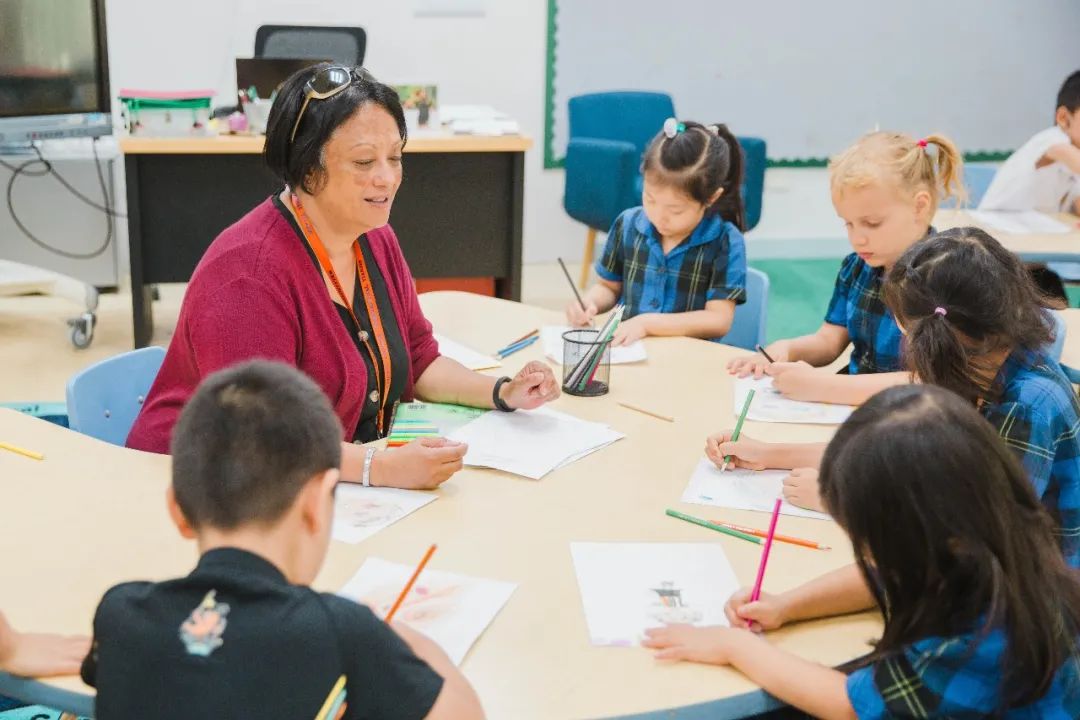
When we think about the language children develop in second languages it falls into two categories. Firstly, we have the 'Basic Interpersonal Communication Skills' (BICS) This is the language we learn in an additional language that is necessary for day to day living, and includes language used for conversations with friends and informal interactions we have with other people. The second category is 'Cognitive Academic Language Proficiency' (CALP). This is the language that is necessary to understand and discuss content in the classroom – the language of learning. In the Nest, we are teaching key vocabulary associated with the learning focus. We use both Mandarin and English to explain the new words that will support children to learn the cognitive language they will need to make progress. This allows our children to have an understanding of familiar and new languages in an educational context. This is not just for literacy, but for every area of our taught curriculum. We are supporting children to develop listening and attention, understanding and speaking in at least two languages and for some children, this may be three or more languages. This gives them an excellent advantage if they remain within the International School system.
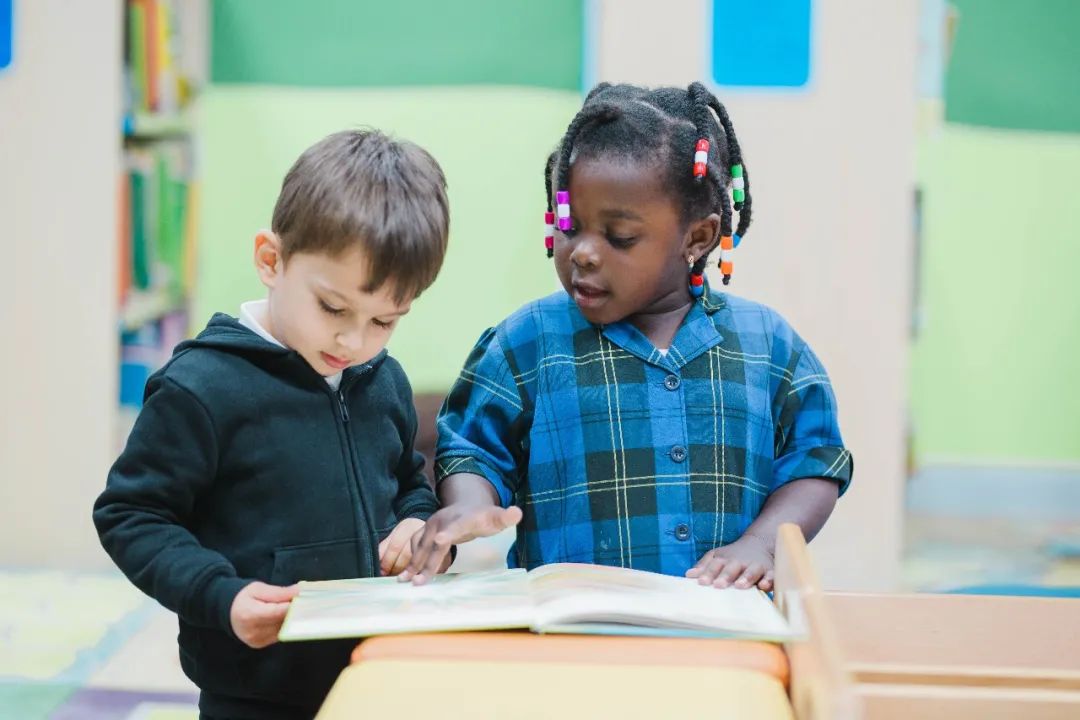
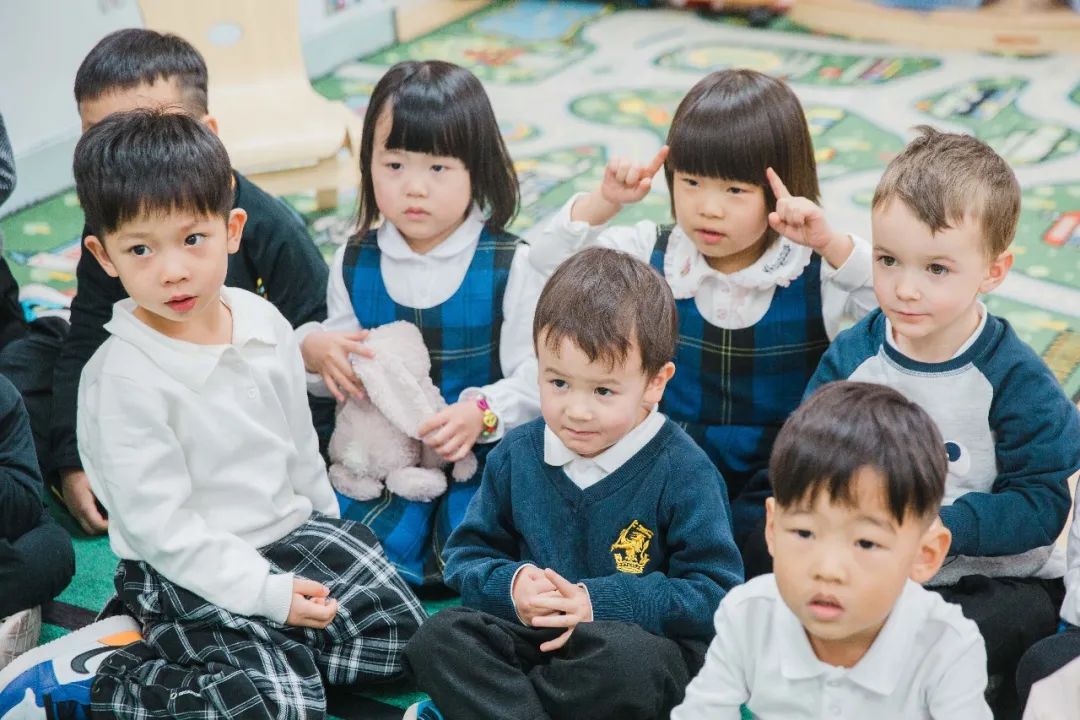
It is clear that language acquisition in mother tongue and any additional languages is complex. It is also clear that our bilingual approach, blending Mandarin and English supports our youngest learners to develop confidence in basic interpersonal communication and cognitive academic language.
This model gives our children a tremendous start to their education journey.




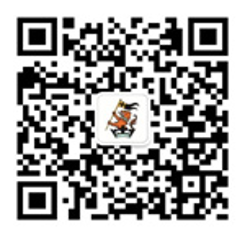
 Channel
Channel 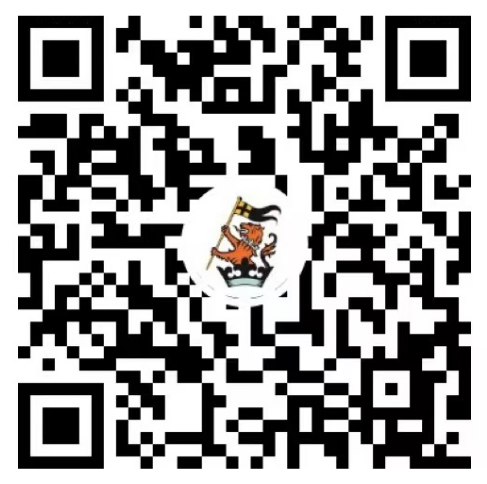
 Linkedin
Linkedin  Facebook
Facebook  Ins
Ins 
